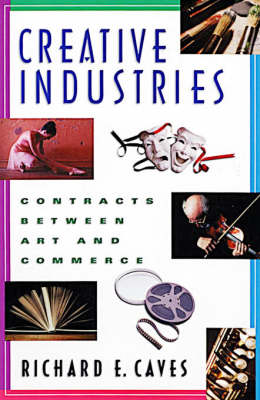This text explores the organisation of creative industries, including the visual and performing arts, movies, theatre, sound recordings, and book publishing. In each, artistic inputs are combined with other, "hundrum" inputs. But the deals that bring these inputs together are inherently problematic artists have a strong views; the muse whispers erratically, and consumer approval remains highly uncertain until all costs have been incurred. To assemble, distribute, and store creative products, business firms are organised, some employing creative personnel on long-term contracts, others dealing with them as outside contractors; agents emerge as intermediaries, negotiating contracts and matching creative talents with employers. Firms in creative industries are either small-scale pickers that concentrate on the selection and development of new creative talents or large-scale promoters that undertake the packaging and widespread distribution of established creative goods. In some activities, such as the performing arts, creative ventures facing high fixed costs turn to non-profit firms.
To explain the logic of these arrangements, the author draws on the analytical resources of industrial economics and the theory of contracts. He addresses the winner-take-all character of many creative activities that brings wealth and renown to some artists while dooming others to frustration; why the "option" form of contract is so prevalent; and why even savvy producers get sucked into making "ten-ton turkeys" such as "Heaven's Gate". However different their superficial organisation and aesthetic properties, whether high or low in cultural ranking, creative industries share the same underlying organisational logic.
- ISBN10 0674001648
- ISBN13 9780674001640
- Publish Date 30 June 2000
- Publish Status Out of Print
- Out of Print 18 April 2011
- Publish Country US
- Imprint Harvard University Press
- Format Hardcover
- Pages 464
- Language English
